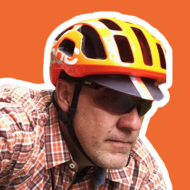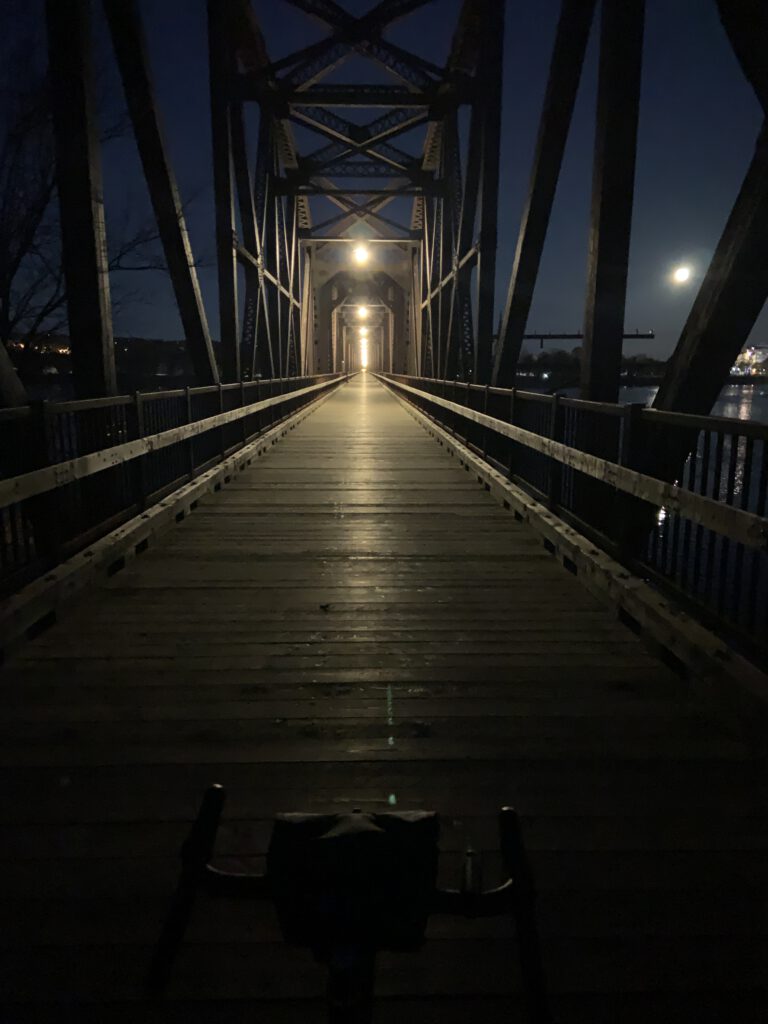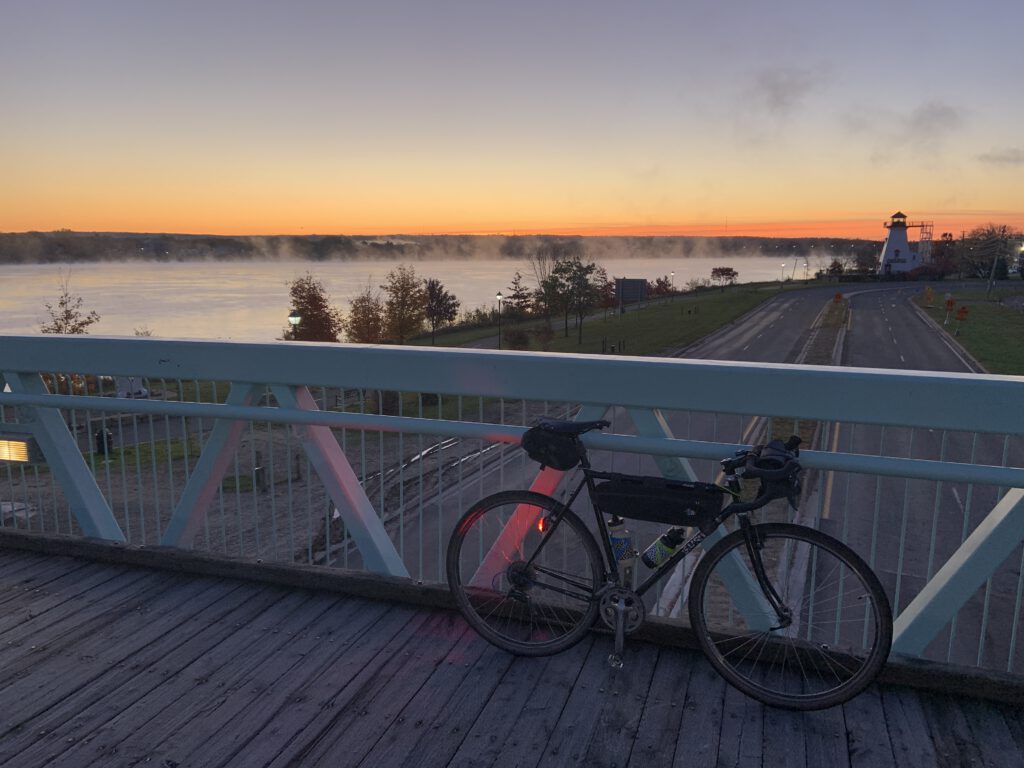Neuroscientist/Philosopher Sam Harris tells a story of walking on stage to give a talk somewhere and upon seeing that there was bottled water on a table next to the podium he did what so many of us do and thought to himself, “oh good, they put some water there.” He then asks – why is he thinking that and who is he thinking it to? He sees the water there – his brain registers it, he already knows it’s there, but why is there this internal monologue or voice that reaffirms it to ‘himself’ when really, ‘himself’ already knows the water is there?
We all have this internal monologue or voice and it’s uniquely ours. It speaks in language and tone and with colloquialisms and slang that indeed often only we know and recognize. It’s an infinite loop of inside jokes with ourselves.
Saturday morning I was sitting in a grassy clearing behind a subdivision watching the sun come up. There wasn’t much to watch actually, it was an overcast day. I watched the world around me get lighter. At the edge of the clearing there were some deer grazing that I don’t think had really noticed me sitting there – the grass was pretty tall and I was hidden.
When I stood up to leave, they froze a bit and realized I was there. Inside my head, my internal voice said a line it uses all the time in these situations, “the jig is up, the news is out – they know I’m here.” The first part of that, “the jig is up, the news is out” comes from a line in a Styx song that I first heard so long ago I can’t remember when. It often pops into my head in instances like this where it fits. Why it does is a totally different blog post, because I’ve never even really been a Styx fan or listened to one of their records all the way through. I will tell you it has something to do with that ancient technology, radio.
I don’t usually listen to music when I’m riding my bike, but I chuckled at this opportunity and dialed up the song on my phone in Apple Music, set my speaker volume as loud as it could go, a proceeded to tear through the gray suburbs of Fredericton’s North Side with it playing 3 times in a row.
I didn’t see anyone. It was very early on a Saturday, but I bet some folks saw or maybe even heard me through sleepy, coffee-fueled gazes out of kitchen windows. Maybe some dog-walkers heard strange noise a block away but couldn’t quite pinpoint it as it was moving. Some guy up early to wake-n-bake in his backyard probably thought, “whoah this is some great shit, I think I just heard Styx.” I enjoy doing my part to keep Fredericton weird.
It occurred to me that the whole transaction – from that moment when I thought of the lyric through to fishing out my phone, searching it up and hitting play – that is what digital companies are trying to capture and ultimately monetize. That’s the hook.
The voice in my head is uniquely mine, but science has basically determined that – leave arguments about the true nature of consciousness aside for a moment – those thoughts, my internal monologue (or dialogue, since it seems to be two-way with someone) is merely electrical impulses zapping through my brain that I quite literally have no control over.
The March of Technology continues to advance. I’ve heard discussions on podcasts and elsewhere about the eventual availability of ‘neural nets’ – the mess of wires and transmitters that measure brain activity you see in the science shows – potentially in the form of wearables like hats or headbands and coupled with devices and apps to read your brain activity. Most of the discussions I’ve heard are about the beneficent use of this tech – say for example an app to help you quit smoking that can read your brain activity faster than you can even think and then prompt you via an app or otherwise with a behavior or thought that works counter to the craving.
Ostensibly, one day there will be surgical implants that can be placed into your head, connected to your brain to then connect with external devices – such as a phone – but then again, at some point, there’ll no longer be a need for the external device. Everything will happen right inside your head. Your phone calls, reminders, music – all right there.
In the case of my Styx example, the process would change from a clunky physical one – thought of the song, reaching for phone (or even asking Siri to play it) – pressing button – to simply thinking of the lyric and then thinking “oooo, play that,” and my head will ring with 1979 era rock. I guess the downside is that the neighborhoods I ride through won’t be able to hear it – which ruins most of the fun.
More ominously though, if our internal monologue/dialogue is just electrical impulses, then eventually, the technology will exist for the implant in your head to be 2-way. It will no longer just ‘listen and monitor’ – it will respond or prompt. And the response will indiscernible from your own thoughts. It will speak to you in that same voice and language that you’ve known your whole life. The device will – of course – be connected to external sources via wi-fi, bluetooth, and/or whatever new invisible data transfer technologies are created between now and then. At some point it will be very lucrative and very compelling for advertisers, organizations, causes, or anyone really – to be able to get into your thoughts – and you won’t even know it.
So it begs the question, at what point will your experience of the moment become inauthentic?
Because I know you’re wondering, Sunday’s ride soundtrack was The Bosstones. Now you’ve been inside my head, no fancy gadgets needed.



